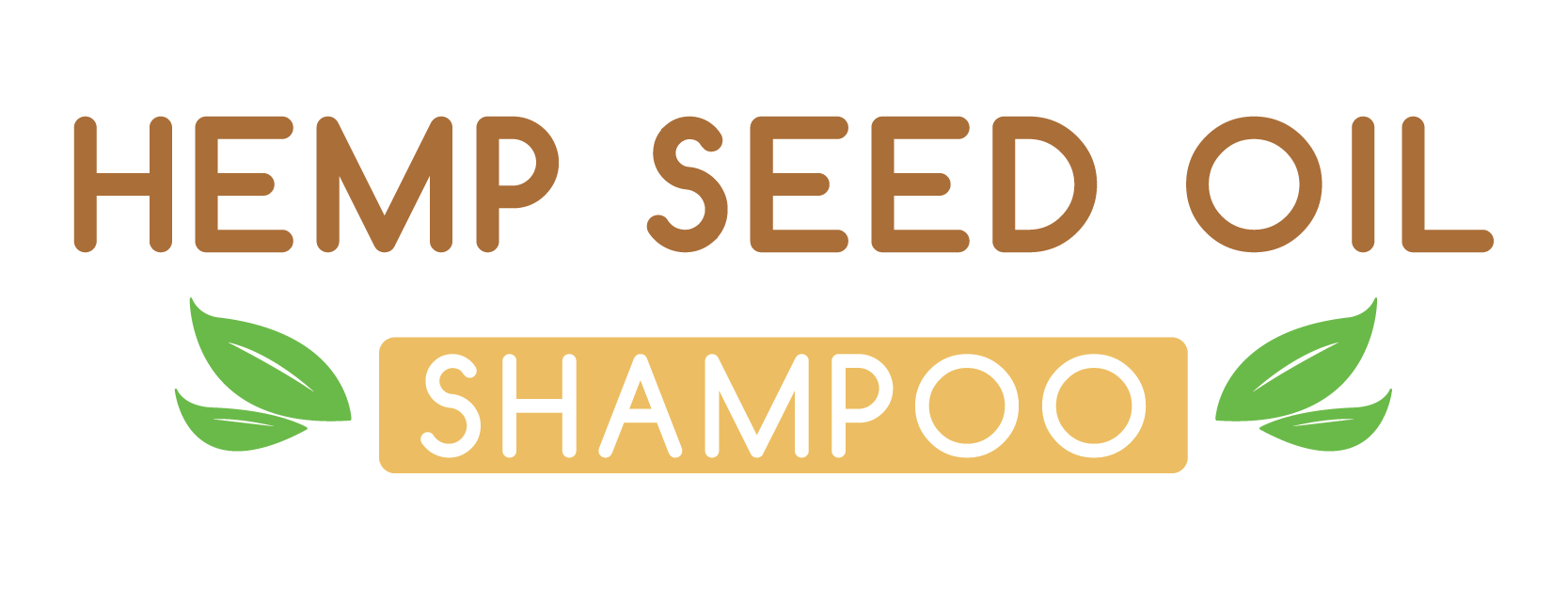Hemp seed oil shampoos continue to grow in popularity, but despite the trend-driven buzz, these products must follow a clear set of regulations. While the word “hemp” often raises questions, most hemp seed oil shampoos are overseen the same way as any other cosmetic—just with a few additional rules because the ingredient is derived from the cannabis plant.
In the United States, hemp seed oil shampoos fall under cosmetic regulations outlined in the Federal Food, Drug, and Cosmetic Act (FD&C Act) and the Fair Packaging and Labeling Act (FPLA). Under these laws, cosmetic products must be safe for their intended use and cannot be adulterated or misbranded. Labels must include the product’s identity (such as “shampoo”), net quantity of contents, a complete ingredient list in descending order, and the name and address of the responsible manufacturer or distributor.
Stronger expectations were added under the Modernization of Cosmetics Regulation Act (MoCRA), which now requires cosmetic manufacturers to register their facilities with the FDA, list cosmetic products, maintain safety substantiation records, and follow Good Manufacturing Practice (GMP) standards as they are implemented. Companies must also report serious adverse events. For consumers, this means hemp seed oil shampoos should come from transparent, quality-controlled operations.
Because hemp comes from cannabis, THC content remains an important regulatory point. The 2018 Farm Bill defines legal hemp as cannabis and cannabis derivatives containing no more than 0.3% delta-9 THC on a dry-weight basis. Hemp seed oil used in shampoos must meet this limit to avoid being categorized as a controlled substance. Quality brands typically obtain their oil from industrial hemp grown under licensed agricultural programs, ensuring compliance from the source.
Internationally, hemp seed oil shampoos are generally regulated as cosmetics as well. In the European Union, products must comply with Cosmetics Regulation (EC) No 1223/2009, which requires a safety assessment, creation of a product information file, and proper labeling. The European cosmetic ingredient database recognizes Cannabis sativa seed oil as a permitted ingredient with cosmetic functions, provided THC levels and national rules are respected.
Marketing claims are also tightly regulated. In the U.S., the Federal Trade Commission (FTC) requires that all advertising claims be truthful, not misleading, and supported by competent evidence. If a hemp seed oil shampoo claims to treat or cure medical conditions—such as hair loss, dandruff disorders, or scalp diseases—those statements may be interpreted as drug claims, triggering an entirely different level of FDA regulation. Most compliant brands limit claims to cosmetic benefits such as adding shine, moisturizing, or improving the feel of hair.
For consumers, evaluating a hemp seed oil shampoo comes down to clarity and credibility. Products should offer transparent ingredient lists, realistic benefit statements, and clear manufacturer contact information. References to GMPs, safety testing, or certifications add extra assurance. If a product leans on exaggerated medical claims or vague branding, it may be wise to proceed with caution.

